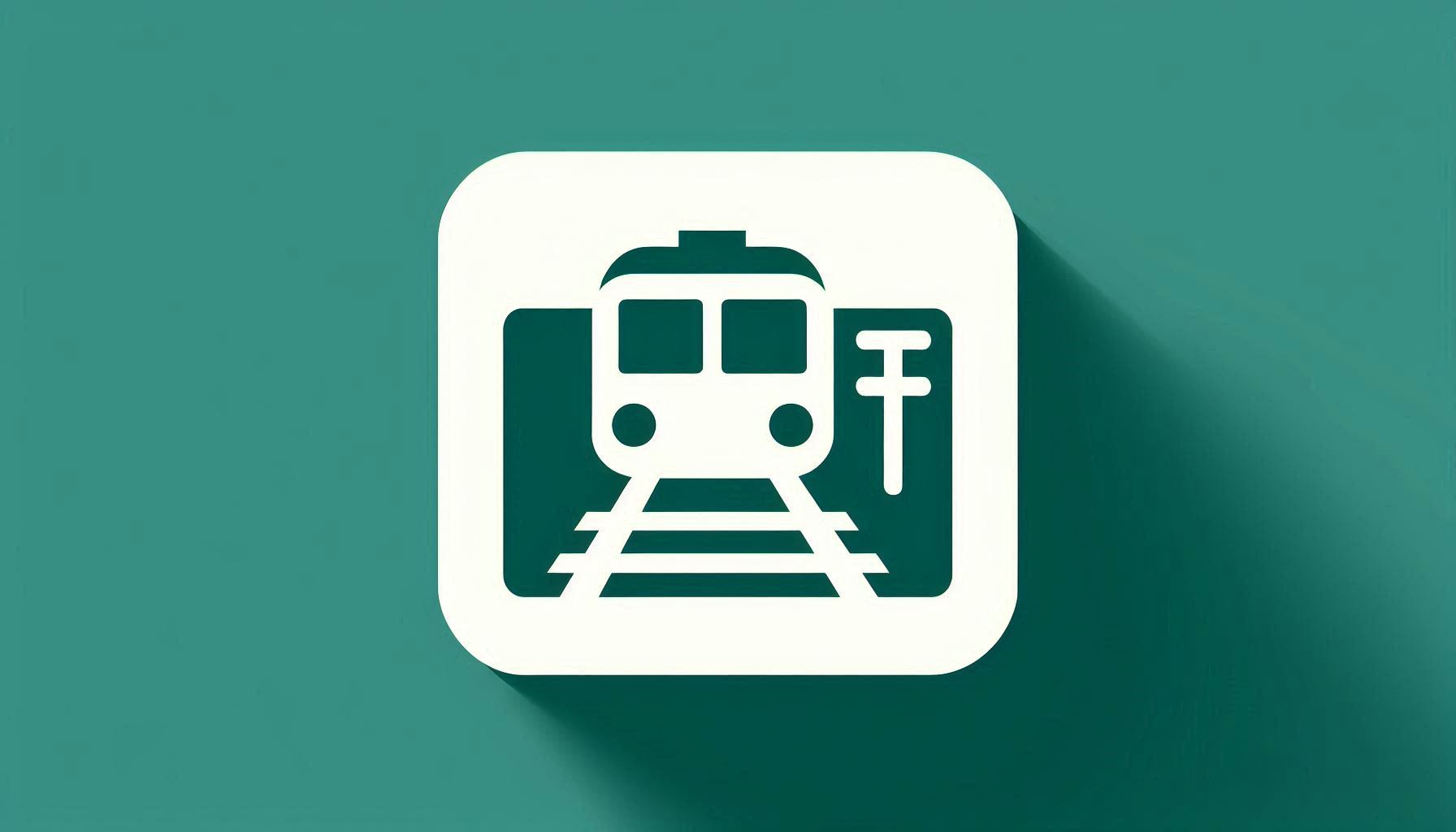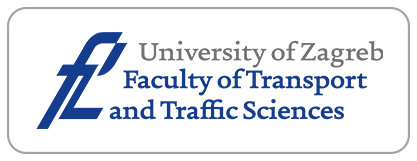Wireless Channel Propagation Model for Inland Waterway Bridge Scenario

Downloads
Intelligent shipping is a crucial part of the transportation system, while inland river intelligent shipping is a major safeguard of intelligent transportation. Compared with the studies of mobile fading channels in land-based environments, less current research has focused on channel measurements and modeling for inland waterway bridge environments. In this paper, a segmenting radio channel model is proposed for inland highway and railway combined bridges. The ship's path under the bridge was divided into three phases, and the attenuation of signal strength was modelled separately for each. Hence, it shows ship-to-ship wireless channels in different areas and path loss on inland navigation bridges. A segmented model, instead of a basic path loss model, can accurately forecast path loss and provide a practical approach in ship-to-ship wireless channel transmission scenarios over bridges. Consequently, the channel measurements and modeling in the typical inland waterway are of great significance for establishing a reliable inland navigation broadband radio communication system.
Downloads
Lee JH, et al. Measurement and analysis on land-to-ship offshore wireless channel in 2.4 GHz. IEEE Wireless Communications Letters. 2017;6(2):222–225. DOI: 10.1109/lwc.2017.2662380.
Wang W, Raulefs R, Jost T. Fading characteristics of ship-to-land propagation channel at 5.2 GHz. OCEANS 2016 - Shanghai. 2016; p. 1–7. DOI: 10.1109/OCEANSAP.2016.7485529.
Zhang J, et al. Research on waterway wireless propagation characteristics based on channel measurement: Ship moving across vs. moving through. Journal of Coastal Research. 2020;99(sp1): 99. DOI: 10.2112/SI99-015.1.
Bronk K, et al. Radio channel modelling for VHF system operating in the offshore wind farms propagation environment. Sensors. 2023;23(17):7593. DOI: 10.3390/s23177593.
Balkees PAS, Sasidhar K, Rao S. A survey based analysis of propagation models over the sea. 2015 International Conference on Advances in Computing, Communications and Informatics (ICACCI). 2015; p. 69–75. DOI: 10.1109/ICACCI.2015.7275586.
Gao Z, et al. Marine mobile wireless channel modeling based on improved spatial partitioning ray tracing. China Communications. 2020;17(3):1–11. DOI: 10.23919/JCC.2020.03.001.
Yu J, et al. Measurement-based V2V radio channel analysis and modeling for bridge scenarios at 5.9 GHz. IET Communications. 2020;14(3):376-386. DOI: 10.1049/iet-com.2018.6274.
Braga AD, et al. Radio propagation models based on machine learning using geometric parameters for a mixed city-river path. IEEE Access. 2020;8:146395-146407. DOI: 10.1109/ACCESS.2020.3012661.
Eras LE, et al. A radio propagation model for mixed paths in Amazon environments for the UHF band. Wireless Communications and Mobile Computing. 2018. p. 1–15. DOI: 10.1155/2018/2850830.
Ohta M, et al. Measurement experiments on 920 MHz band for spectrum sharing with LoRaWAN. 2018 IEEE 88th Vehicular Technology Conference (VTC-Fall). 2018. p. 1–5. DOI: 10.1109/VTCFall.2018.8690825.
An F, Hu H, Xie C. Service network design in inland waterway liner transportation with empty container repositioning. European Transport Research Review. 2015;7(2). DOI: 10.1007/s12544-015-0157-5.
Ai Q, et al. Joint optimization of USVS communication and computation resource in IRS-aided wireless inland ship MEC networks. IEEE Transactions on Green Communications and Networking. 2022;6(2):1023–1036. DOI: 10.1109/TGCN.2021.3135530.
Li C, et al. Maritime broadband communication: Wireless channel measurement and characteristic analysis for offshore waters. Journal of Marine Science and Engineering. 2021;9(7):783. DOI: 10.3390/jmse9070783.
Li F, et al. Ship-to-ship maritime wireless channel modeling under various sea state conditions based on REL model. Frontiers in Marine Science. 2023;10. DOI: 10.3389/fmars.2023.1134286.
Yu J, et al. Path loss channel model for inland river radio propagation at 1.4 GHz. International Journal of Antennas and Propagation. 2017. DOI: 10.1155/2017/5853724.
Yang K. Channel measurements and channel modeling for the open sea. Norwegian University of Science and Technology. 2015. http://hdl.handle.net/11250/2370724
Molisch, AF. Wireless Communications. John Wiley & Sons; 2012.
Beecraft L, Watson SB, Smith RE. Multi-wavelength pulse amplitude modulated fluorometry (Phyto-pam) reveals differential effects of ultraviolet radiation on the photosynthetic physiology of phytoplankton pigment groups. Freshwater Biology. 2016;62(1):72–86. DOI: 10.1111/fwb.12850.
Deygout J. Correction factor for multiple knife-edge diffraction. IEEE Transactions on Antennas and Propagation. 1991;39(8):1256-1258. DOI: 10.1109/8.97368.
Copyright (c) 2024 Yi ZHANG, Wenfei HU, JunWu ZHANG, Jing ZHANG

This work is licensed under a Creative Commons Attribution-NonCommercial 4.0 International License.




















